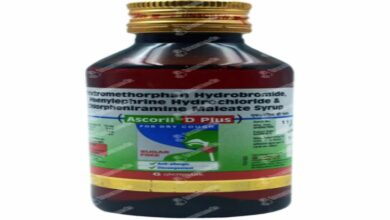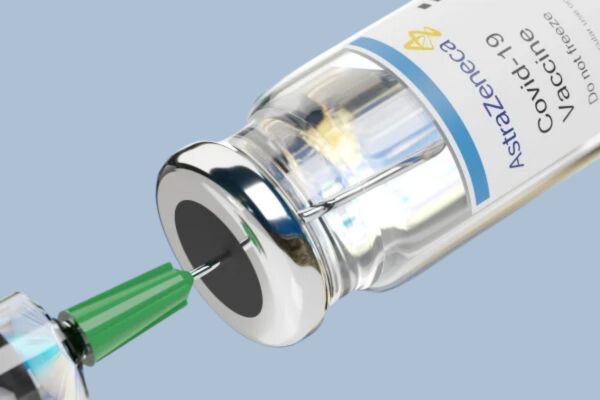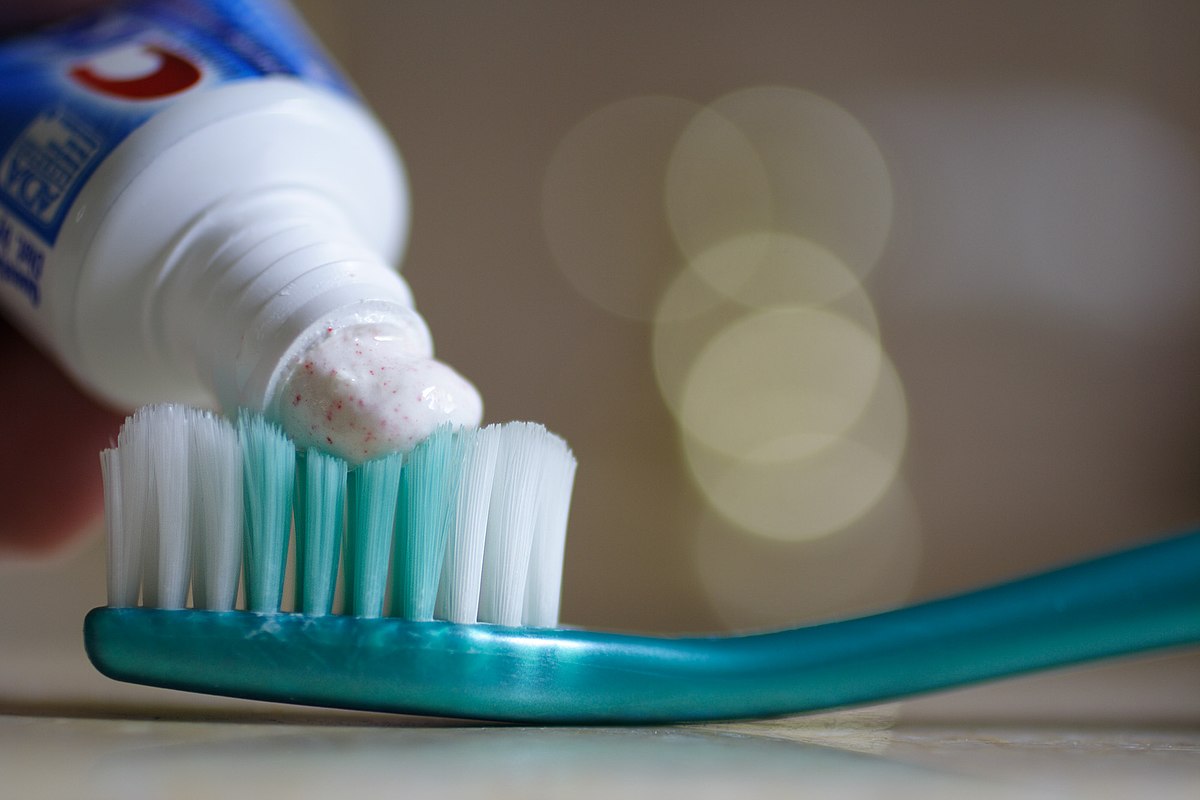For many struggling with opioid addiction, Suboxone offers a lifeline, a medication to manage cravings and rebuild their lives. However, a worrying side effect has emerged, casting a shadow over this hope: tooth decay.
Recent years have seen a surge in lawsuits alleging that the drug carries a hidden cost – a significant risk of severe dental problems.
This article discusses the complex interplay between Suboxone, tooth decay, and the ongoing legal battle.
Suboxone and Its Use in Opioid Treatment
Suboxone offers an alternative for individuals grappling with opioid dependence. Its primary active components, buprenorphine, and naloxone, are carefully combined to ease withdrawal symptoms while mitigating misuse.
Buprenorphine, a semi-synthetic opioid, initially emerged as a promising pain reliever with the ability to block the effects of opioids.
However, Suboxone distinguishes itself from buprenorphine as a combination drug tailored specifically for managing opioid dependence. Its ingredients act synergistically to curb cravings.
According to the Lawsuit Information Center, the development of Suboxone marked a significant milestone in the treatment landscape for opioid use disorder (OUD). The drug offers a safer and more convenient alternative to traditional medications like methadone.
Notably, the drug’s formulation allows for sublingual administration, dissolving under the tongue for absorption. This reduces the risk of overdose and the potential for abuse.
With the FDA’s approval of the drug in 2002, it became increasingly recognized as a crucial tool in opioid dependence management. Its availability has provided countless individuals battling addiction with a lifeline towards recovery.
The Link Between Suboxone and Tooth Decay
Suboxone’s link with tooth decay has garnered attention in recent years, prompting concerns about the potential adverse effects on dental health. One potential mechanism by which the medication may contribute to dental problems is its acidic nature.
The drug is administered sublingually, where patients are instructed to hold the tablet under the tongue for several minutes. This prolonged exposure to the acidic medication may lead to erosion of tooth enamel and contribute to tooth decay over time.
A study published in JAMA Network found an elevated risk of adverse dental outcomes associated with sublingual buprenorphine/naloxone. The acidic nature of sublingual buprenorphine/naloxone was identified as a potential contributing factor to these dental issues. The study highlighted the importance of considering medication formulation and administration methods in assessing their impact on dental health.
Furthermore, a drug safety communication issued by the FDA in January 2022 underscored the association between medications containing buprenorphine and dental problems. The FDA warned about the risk of dental issues, specifically with medicines containing buprenorphine that are dissolved in the mouth.
This communication emphasized the seriousness of these dental complications. It notes that dental issues have been reported even in patients with no prior history of dental problems.
While these findings suggest a potential link between medication use and tooth decay, it’s important to acknowledge the need for further research. Factors such as poor oral hygiene and lifestyle choices may also contribute to dental issues among individuals undergoing opioid addiction treatment.
The Scope of the Legal Issue
The Suboxone lawsuit has gained considerable traction, with a notable increase in the number of cases filed against the drug’s manufacturer. The U.S. Judicial Panel ordered the centralization of Suboxone lawsuits into multidistrict litigation (MDL).
Initially affecting 15 cases across five districts, the MDL now encompasses 26 cases since its establishment on February 2, 2024.
TruLaw notes that plaintiffs in these actions allege that the manufacturers designed the drug’s film to be acidic. This contributes to dental erosion and decay. Many users facing exorbitant dental costs as a result of these alleged side effects are seeking legal recourse.
Former addicts now find themselves grappling with the unexpected consequence of tooth loss, significantly impacting their physical and mental well-being.
According to Drugwatch, personal testimonies, such as that of a user identified as D.S., shed light on the profound impact of these dental issues. D.S., having used Suboxone for years, laments the loss of teeth and the subsequent toll it has taken on her mental health.
Many affected individuals, like D.S., are filing Suboxone lawsuits to alleviate the financial burden of dental expenses and seek justice for the alleged negligence.
As plaintiffs’ attorneys investigate claims and initiate legal proceedings, it’s imperative for those affected by tooth decay to seek legal counsel. Through legal actions, affected individuals can secure financial relief and raise awareness about the potential risks associated with Suboxone use.
Future Implications of the Lawsuit
As litigation progresses, healthcare providers may reconsider prescribing practices and enhance patient monitoring to mitigate potential dental risks. Regulatory agencies may also intensify oversight, mandating clearer warnings about dental side effects and necessitating informed consent processes.
These developments could lead to increased awareness among patients and providers about the importance of oral health during opioid addiction treatment. Additionally, pharmaceutical companies may face pressure to reformulate Suboxone or develop alternative medications with reduced dental side effects.
Ultimately, the outcome of these lawsuits may catalyze improvements in opioid addiction treatment protocols. It may also underscore the importance of addressing comprehensive patient care, including oral health considerations.
In conclusion, the story of Suboxone and tooth decay is far from over. The legal battle continues, seeking justice for those affected while shaping the future landscape of opioid treatment and medication safety. While scientific research sheds light on the potential link, more is needed to fully understand the mechanisms and develop effective prevention strategies.
Beyond the legalities, the human cost of this issue cannot be ignored. The stories of individuals struggling with debilitating dental problems serve as a stark reminder of the ripple effects of medication side effects. It is crucial to ensure that their voices are heard and needs are addressed, whether through improved access to dental care or financial compensation.
Ultimately, the tooth decay saga serves as a cautionary tale. It highlights the need for robust safety regulations and ongoing research to ensure the well-being of patients. Moving forward, let us hope that the lessons learned from this complex issue pave the way for a future of comprehensive patient care.

 Community Health Initiatives: How Local Engagement Improves Overall Well-being
Community Health Initiatives: How Local Engagement Improves Overall Well-being Unlocking the Benefits of Medicare Part D Plans for 2025
Unlocking the Benefits of Medicare Part D Plans for 2025 Comparing Ascoril D Plus with other cough syrups and expectorants on the market
Comparing Ascoril D Plus with other cough syrups and expectorants on the market AstraZeneca’s Covishield To Cause Rare Yet Serious Side Effects
AstraZeneca’s Covishield To Cause Rare Yet Serious Side Effects Reinforce Your Smile: Discover the Benefits of Hydroxyapatite Toothpaste
Reinforce Your Smile: Discover the Benefits of Hydroxyapatite Toothpaste Shilajit for Women: Balancing Hormones and Supporting Wellbeing
Shilajit for Women: Balancing Hormones and Supporting Wellbeing Learn All About Truck Accident And What a Truck Accident Lawyer Can Help
Learn All About Truck Accident And What a Truck Accident Lawyer Can Help Fever: Symptoms, Treatments, Types, and Causes
Fever: Symptoms, Treatments, Types, and Causes